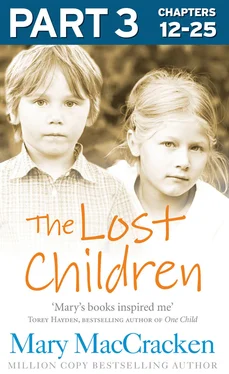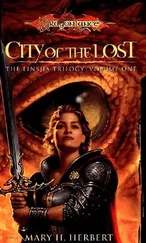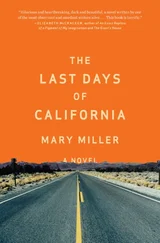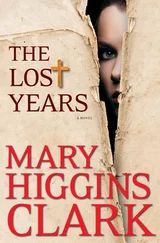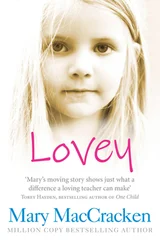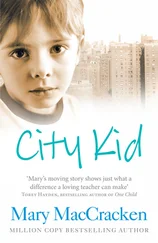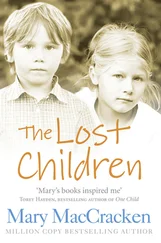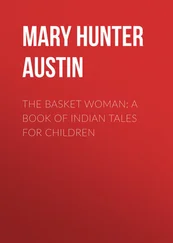Directly after these opening exercises we have our academics. In those first few days of the new term I think often of Matthew and wonder how he is doing in the new neurologically impaired class that has been established in his home town. I miss his blond head, but I am glad he qualified for the class. His speech had been coming faster and faster in those last days and I feel sure that he will get the help he needs.
I am going to school three nights a week now, driving down to the State Teachers College, taking courses called Introduction to the Handicapped, a prerequisite for all other courses; Teaching the Socially Maladjusted and the Emotionally Disturbed; and Art in Special Education. I attended faithfully and finally earned three As, but my disappointment in the courses became disillusionment when they asked me to give three lectures on the emotionally disturbed. Ah, Helga, how much more I learned from you.
Helga taught me first to begin where the child is. Never assume – always find out. In more academic language this means diagnose, teach, diagnose, teach. Never go blindly on from lesson plan to lesson plan, as they seemed to suggest at college, with so much talk of lesson plans, unit teaching, curriculum planning. Which of those professors had been in a class like ours, I wondered?
My job, as I saw it, was to teach the children how to live within homes and communities. If what I taught contributed to that, good; if not, it was a waste. The children obviously had to learn self-help and certain social skills. They had to learn how to adapt their behavior so that it would be acceptable to the society in which they lived. They could not, for instance, continue to spit or masturbate in public; these actions would earn them ridicule or isolation, and they must be taught to control them or substitute other, more acceptable behavior.
This aspect of teaching’s first and foremost. We must first reach the children, reach through the rage and fear and hate, before we can teach. This is why we are called therapeutic teachers.
However, I did not believe in basket-weaving.
Unless, of course, you happened to love basket-weaving above all else. For me, it was communication: the give-and-take between people – spoken, written, however it came – and I wanted to give my children the chance to learn these things. I had read their records, their testing; all of it was sketchy, but every indication was that they were of normal intellectual ability, or above. They deserved to be allowed to learn the techniques of communication.
The other teachers thought I was somewhat ambitious. They were kind and encouraging, but it did not have the same importance for them as it did for me. And yet, if what I loved and wished to teach was reading, I had as much right to teach that as potato-printing. In the children’s world of violent emotion, where everything continually changes, I thought it would be satisfying for them to know that some things remain constant. A C is a C both today and tomorrow – and C-A-T remains “cat” through tears and violence.
I began with the alphabet, in spite of the fact that Brian and Alice could already read. It wouldn’t do them any harm, and it was necessary to teach below their level so that we could function as a group. I taught them each the twenty-six symbols of our language. First to recognize them, then gradually to make them and know their sounds.
I would line the chalk tray with letters printed on cards and ask the children to bring me a D, a B or an F. As soon as they learned these, I asked them to make the letter on the board. Within the month Alice and Brian were making up their own words, Stuart could write most of the alphabet. Rufus was just beginning.
“Can you find the D, Rufus?”
Down goes his head onto one of the tables we use as desks.
“Here now, let’s see. I will make a D on the board. A big one, see? The straight line – then the fat stomach. Okay, now. D. Can you see a letter like this?”
I nudge the D card more prominently into view – and slowly, slowly, Rufus gets up from behind his desk and comes forward to where I stand. I take his finger and trace it over the D on the board, saying, “Here’s that D, Ruf. Like in ‘Dog.’ Feel here, see how it’s made.” I am trying to imprint the letter in his mind. But his body is tight with fear and when he goes to the chalk tray of cards to pick out the D, he just stands looking at them blankly. And I know that the major problem here is that Rufus is too frightened to commit himself to a choice, terrified that he may pick the wrong letter.
Finally a way out of the situation occurs to him, and he walks across the front of the room trailing his finger against the ledge of the chalk tray where the alphabet cards rest, his eyes fastened on me rather than the cards.
What is this now? Suddenly I understand. In his own way he is asking for help, and when he goes back and does it again, his eyes still on me rather than the cards, I wait. I wait until his finger touches the card marked D and then I say, “Yes, Good! That’s it. Good, Rufus.” And he looks down and picks up the card and brings it to me.
He looks at it carefully as he hands it to me,
“Is that right, Mary? Did I get it right?”
“Exactly right, Rufus. Good. That’s a D.”
His eyes focus on the letter, and the blank, scared look is gone. For an instant, at least, fear is forgotten and learning can take place.
Two weeks later when I ask for a Q and start to draw one on the board for him to trace, he walks straight to the Q and hands it to me, saying, “Who needs that baby stuff on the board?”
“Okay, fine, Rufus,” is all I say. But inside I feel that fine surge of excitement that says, “He’s going now. He’s off the ground. We’re moving.”
One thing I was certain of concerning Rufus. He was half paralyzed with fear. The ambiguity of the testing seemed somewhat more understandable to me after the first few days. Certainly not knowing the alphabet at eight years of age was below normal achievement. But what was the cause? Was it lack of capacity? Or was there something blocking the potential?
Inside myself I bet on a good average intelligence for Rufus. The phrasing of his sentences, his mannerisms, all belied retardation; it seemed more likely to me that there was some neurological impairment, some tiny section of the pathways of input and output that didn’t function properly, and that this imperfection had caused poor performance and, on occasion, failure. When you have failed often and painfully enough you will do almost anything to avoid having to try again. But I was sure – I knew – that he could learn to compensate if I could reach him. What I was trying to do was to remove his blockades of fear so that I could get through. I knew my best chance was through success. As a construction crew bulldozes through a jungle, so I tried to bulldoze my way through Rufus’ fears. Calculate how far he’d come, open up the situation to the degree where success was ensured – then get him to try.
The main difficulty was trying to teach on widely spread levels and keep everyone interested and learning.
As Rufus hands me an M, I say to Brian, “Give me a word that begins with M, Brian.”
“Mother,” he says.
“Good. Spell it, Alice.”
“M-o-t-h-e-r.”
“Okay, fine. Use it in a sentence, Stu.”
Конец ознакомительного фрагмента.
Текст предоставлен ООО «ЛитРес».
Прочитайте эту книгу целиком, купив полную легальную версию на ЛитРес.
Читать дальше
